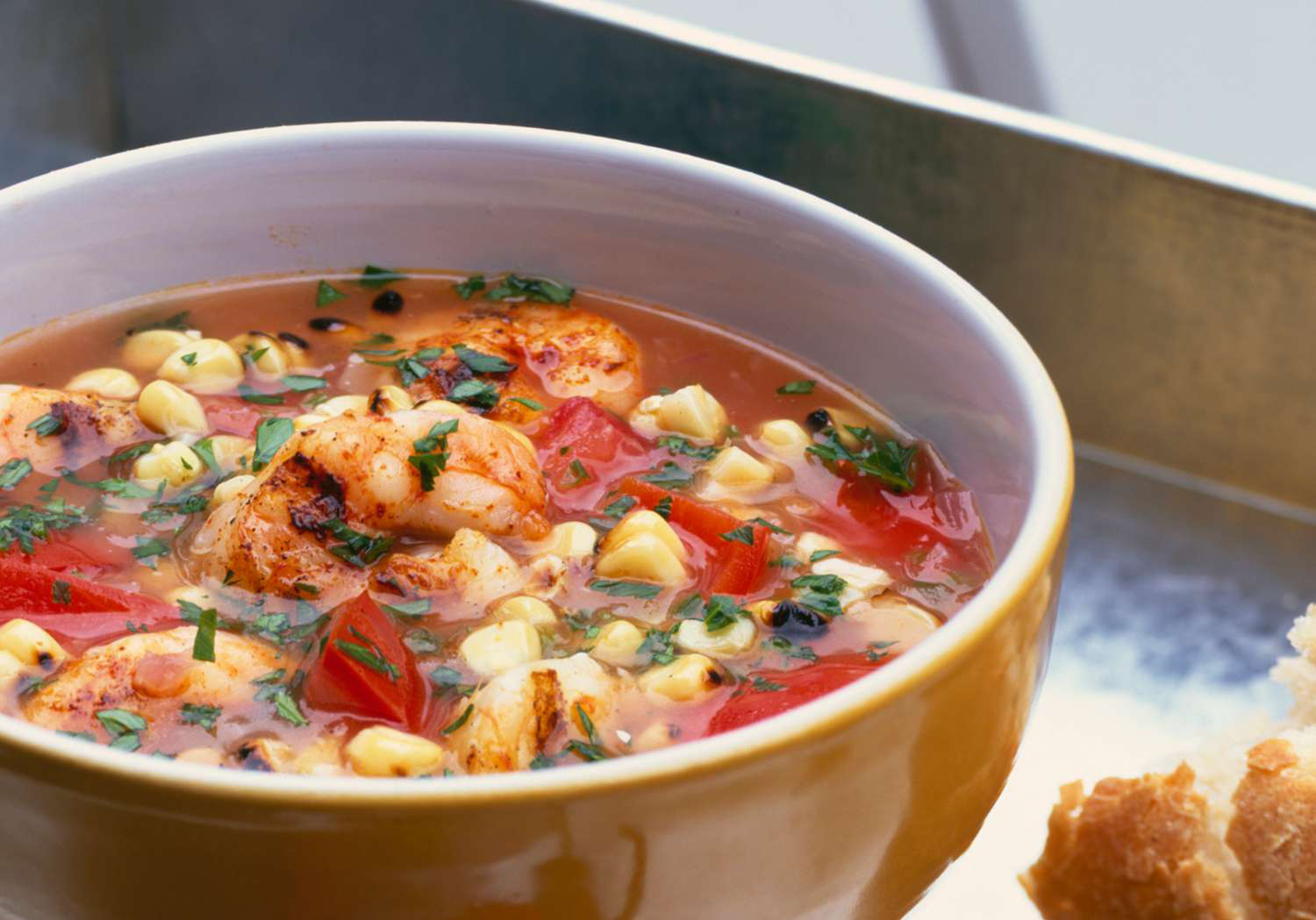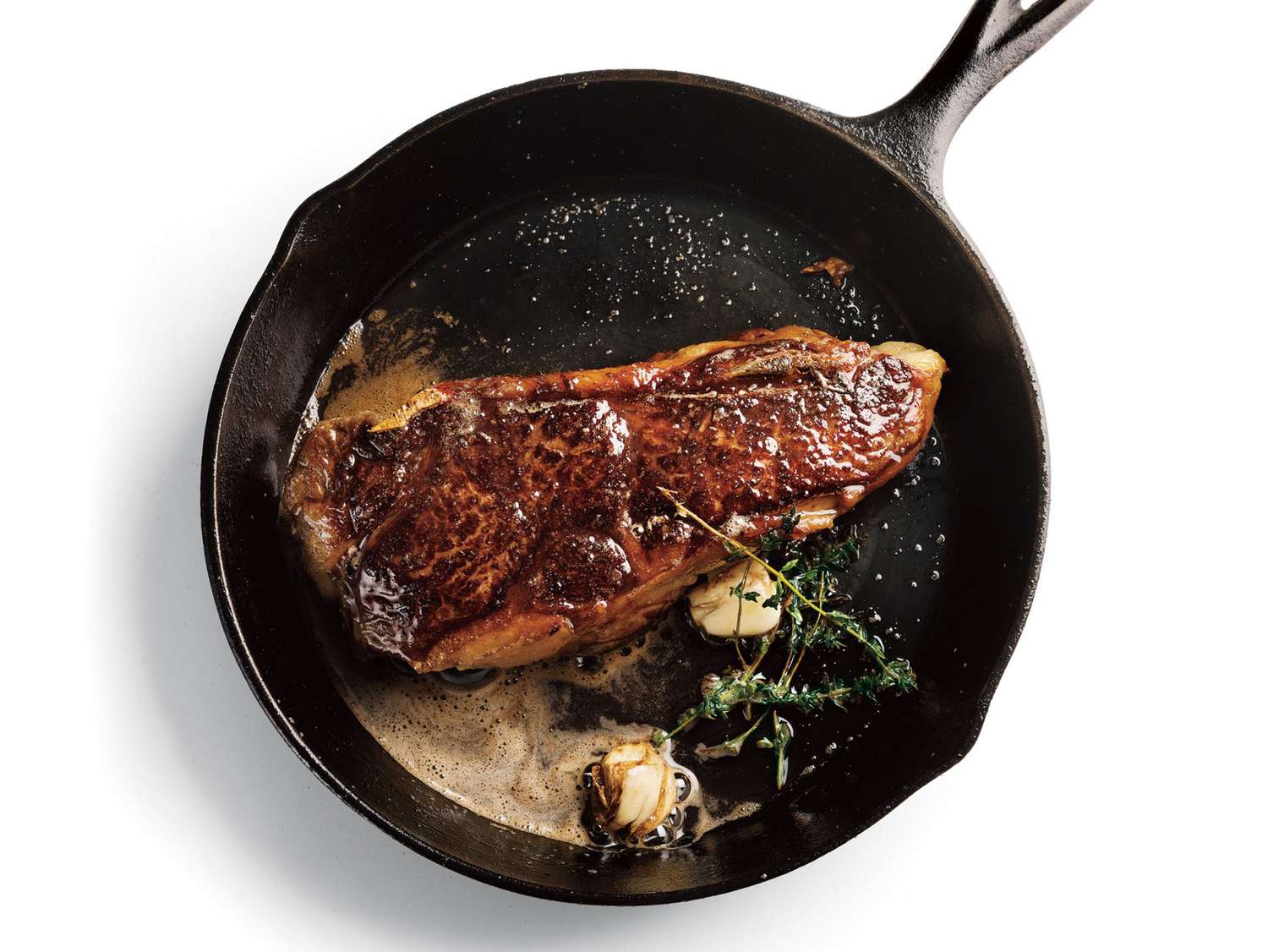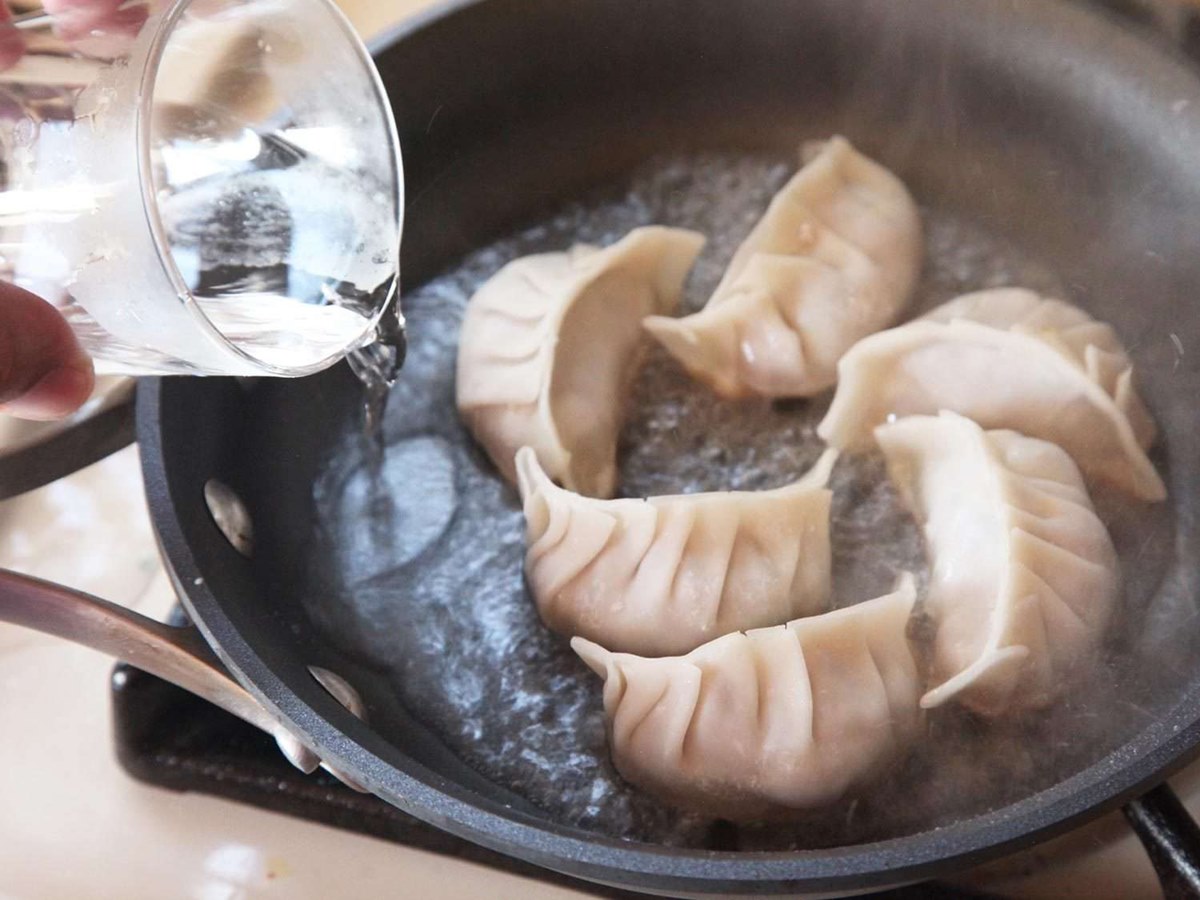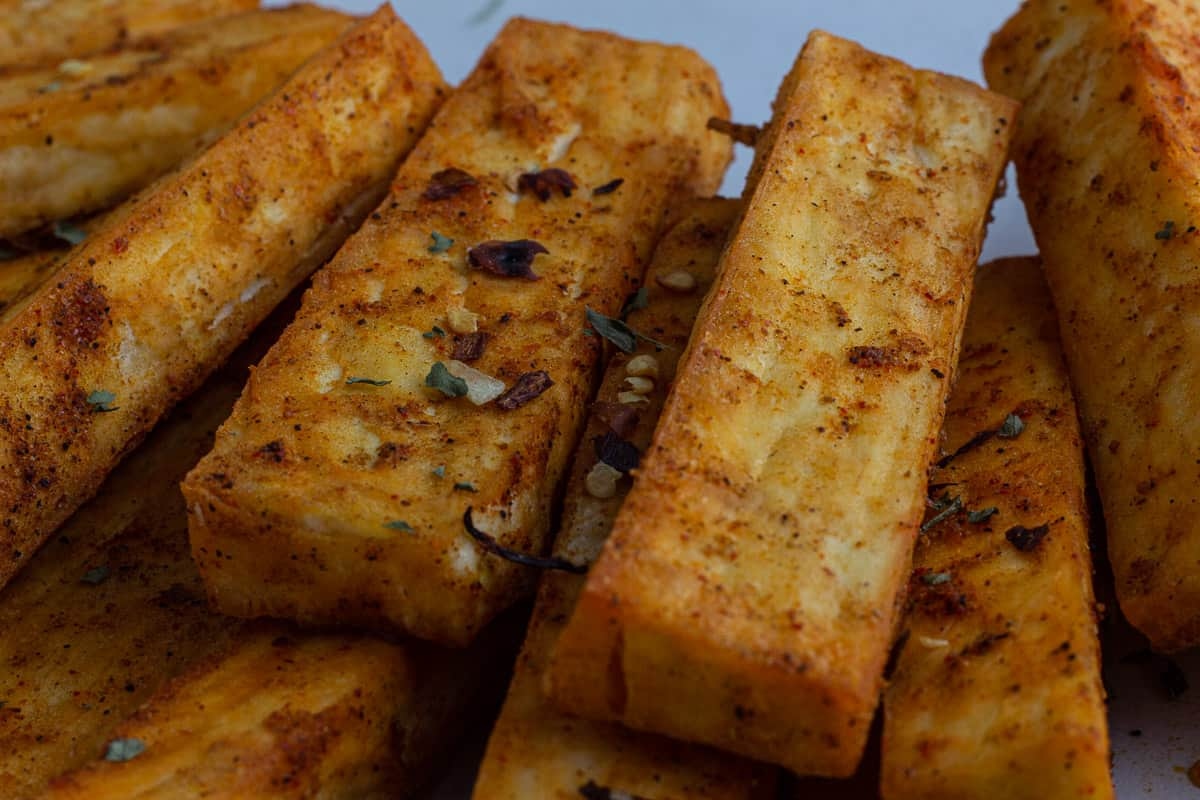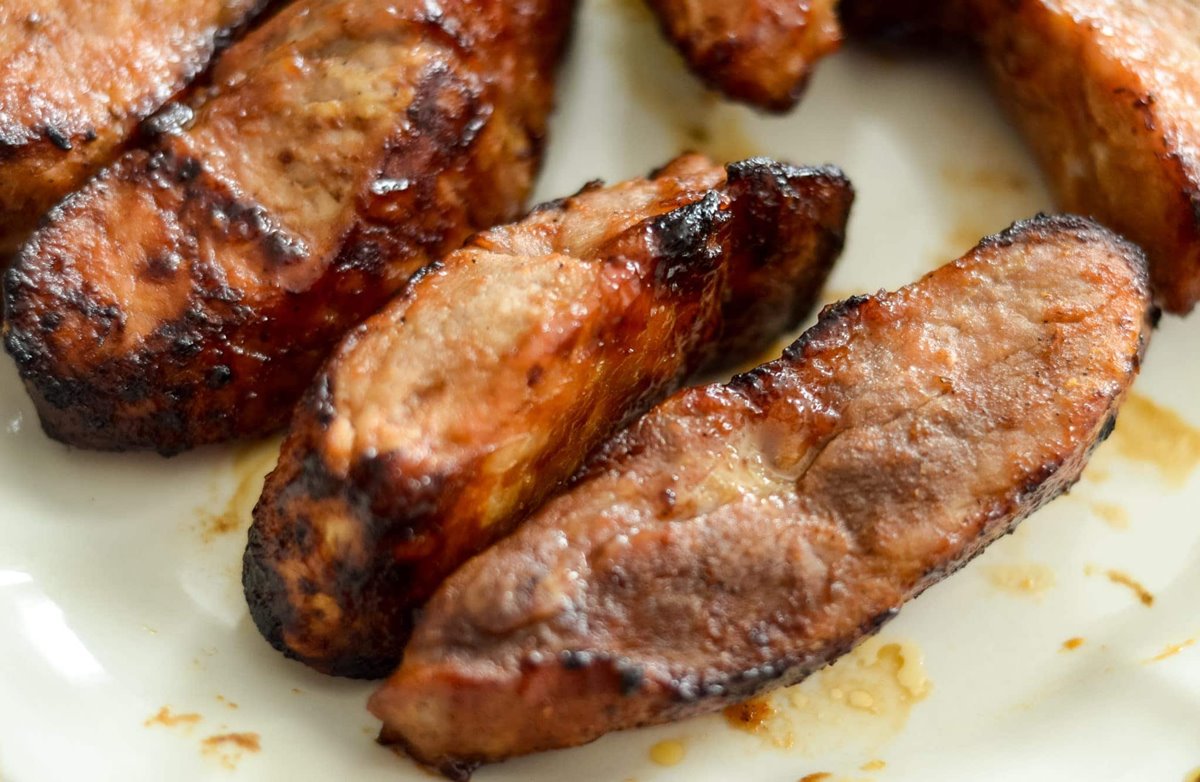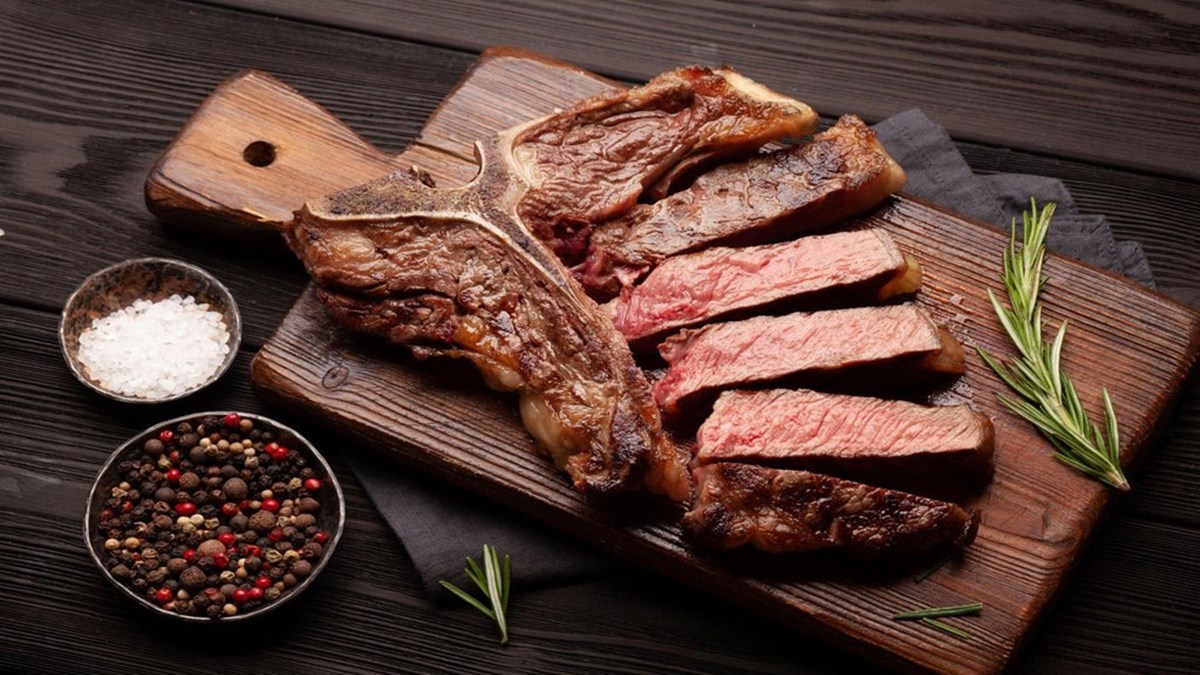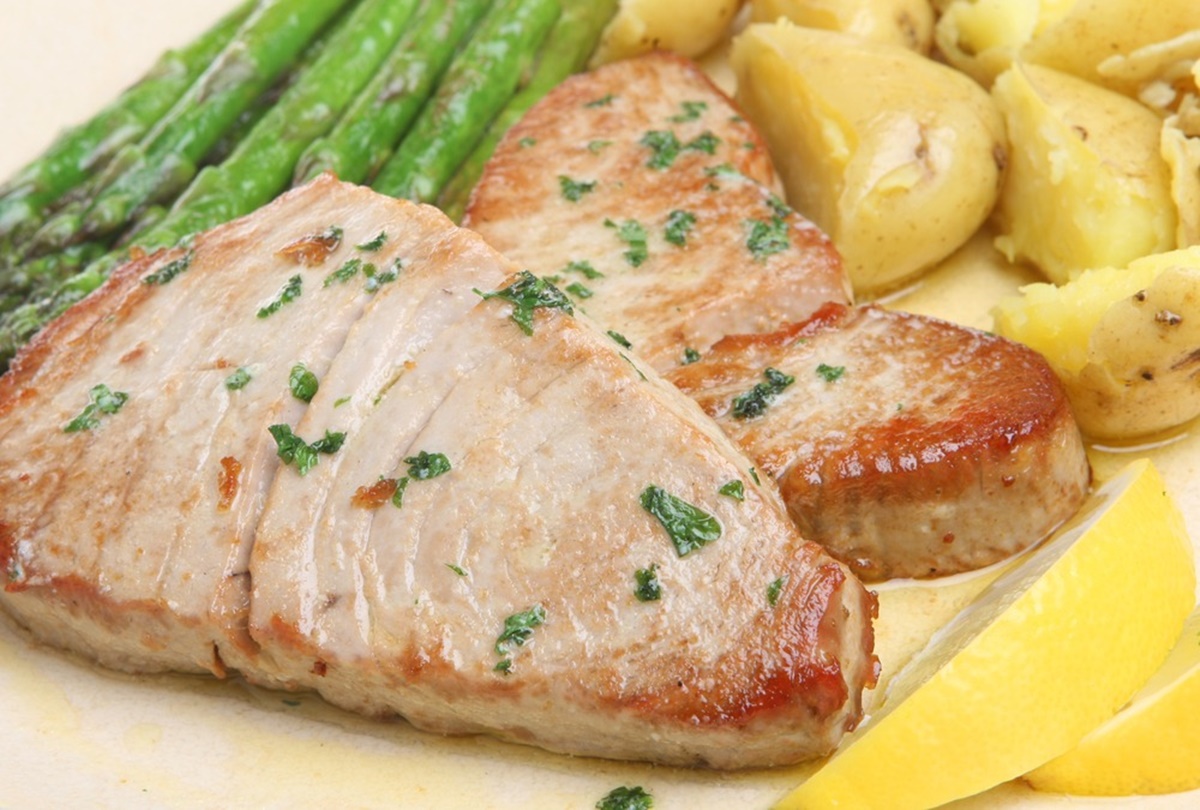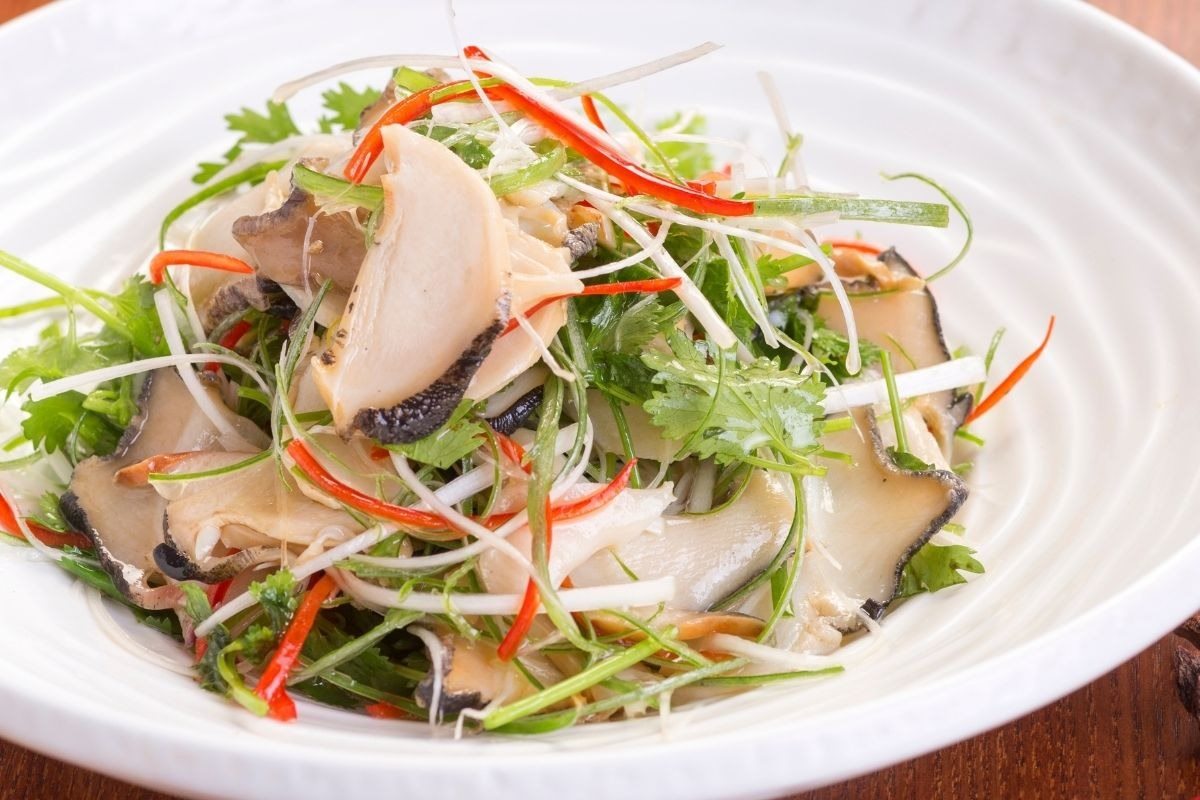Delicious Ways to Transform Frozen Squash Slices into Mouthwatering Meals
When it comes to convenience and versatility in the kitchen, frozen squash slices are a game-changer. Whether you’re looking to add a healthy vegetable to your stir-fry or create a comforting side dish, these frozen gems are ready to make your culinary dreams come true. So, grab your apron and let’s dive into the world of cooking with frozen squash slices!
1. Sautéed Squash Slices with Garlic and Herbs
One of the simplest and tastiest preparations for frozen squash slices is sautéing them with garlic and herbs. Here’s how you can achieve it:
- Heat a tablespoon of olive oil in a skillet over medium heat.
- Add frozen squash slices to the skillet and cook for a few minutes until they start to thaw.
- Sprinkle minced garlic, dried herbs like thyme or rosemary, salt, and pepper over the slices.
- Sauté until the squash slices are tender and slightly golden.
This quick and flavorful dish can be served as a side or topped over pasta for a delightful main course.
2. Roasted Squash Medley
If you’re a fan of roasted vegetables, why not try a vibrant squash medley? Here’s how to do it:
- Preheat your oven to 425°F (220°C).
- Spread frozen squash slices, along with other favorite veggies like carrots, bell peppers, and red onions, on a baking sheet.
- Drizzle olive oil, sprinkle a pinch of salt and pepper, and toss to coat the vegetables evenly.
- Bake for about 20-25 minutes, or until the vegetables are tender and caramelized.
This colorful roasted squash medley makes for a delicious side dish or a wholesome addition to grain bowls and salads.
3. Squash Stir-Fry
Turn your frozen squash slices into the star of a flavorful stir-fry. Here’s what you’ll need:
- Frozen squash slices
- Assorted stir-fry vegetables like bell peppers, broccoli, and snap peas
- Soy sauce or teriyaki sauce
- Garlic and ginger, minced
- Sesame oil for cooking
- Optional: protein of choice (tofu, chicken, shrimp)
Here’s how to bring it all together:
- Heat sesame oil in a wok or large skillet over medium-high heat.
- Add minced garlic and ginger, sauté for a minute until fragrant.
- If using a protein, cook it until browned, then remove from the pan.
- Add in frozen squash slices, followed by the remaining stir-fry vegetables.
- Splash some soy sauce or teriyaki sauce for flavor and cook until the vegetables are crisp-tender.
- Return the protein to the pan and toss everything together.
This delightful stir-fry showcases the versatility of frozen squash slices, providing a delicious and nutritious meal that will satisfy your taste buds.
4. Creamy Squash Soup
During those chilly evenings, a warm and comforting bowl of squash soup can hit the spot. Here’s a simple recipe:
- Heat a tablespoon of butter or olive oil in a pot over medium heat.
- Add diced onions and cook until they become translucent.
- Add the frozen squash slices and any other vegetables you have on hand, like carrots or celery.
- Sauté for a few minutes, then pour in vegetable or chicken broth until the vegetables are almost covered.
- Bring the mixture to a boil, then reduce the heat and simmer until the squash is tender.
- Use an immersion blender or a regular blender to puree the soup until smooth.
- Season with salt, pepper, and your choice of herbs and spices.
This creamy squash soup is not only delicious but also a great way to warm up on a cold day.
So, the next time you find frozen squash slices in your freezer, don’t fret! You have plenty of options to transform them into delicious meals. From sautés and roasts to stir-fries and soups, these versatile slices offer endless culinary possibilities. Embrace the convenience and let your creativity soar in the kitchen!
For those looking to make the most out of their frozen squash slices, there are a variety of recipes that can turn this simple ingredient into a delightful dish. They can start with the Creamy Squash Soup, a comforting bowl perfect for chilly evenings. For a hearty meal, the Squash and Lentil Stew is a fantastic choice, offering a nutritious and filling option. Those craving something with a bit of spice might enjoy the Squash and Chickpea Curry, which pairs wonderfully with rice or naan. For a quick and easy dinner, the Squash and Sausage Skillet is a great option, combining savory sausage with tender squash slices. Lastly, the Sautéed Squash Slices with Garlic and Herbs serve as an excellent side dish, bringing out the natural flavors of the squash with a simple yet delicious preparation.
Was this page helpful?
Read Next: How To Cook Sushi Rice In Microwave

